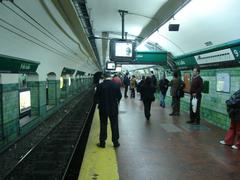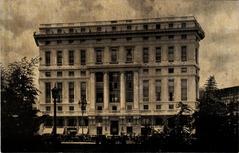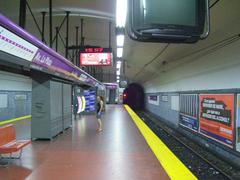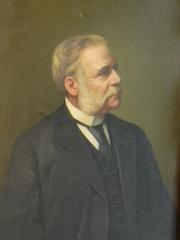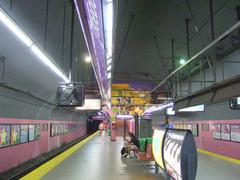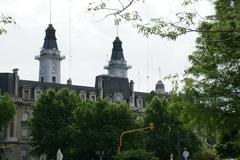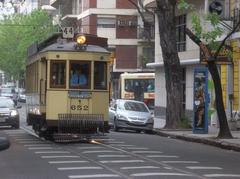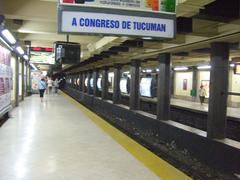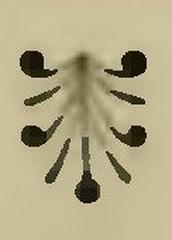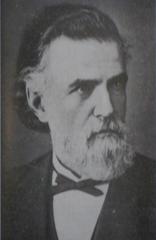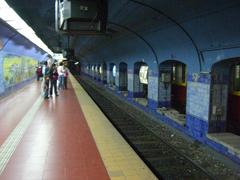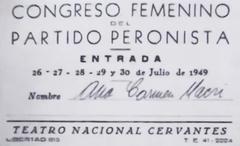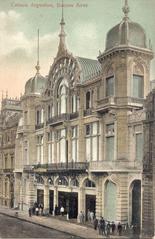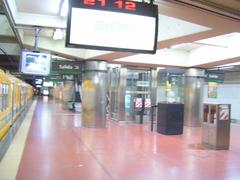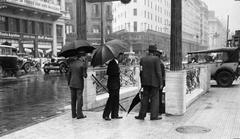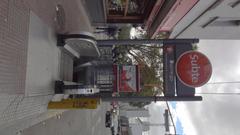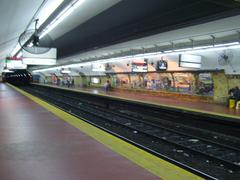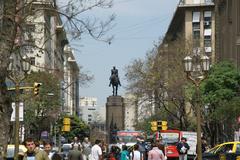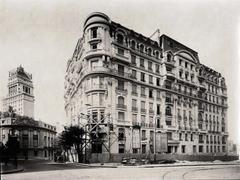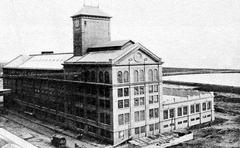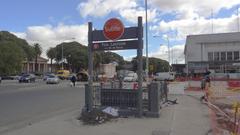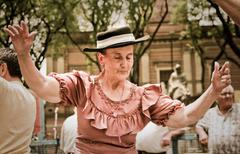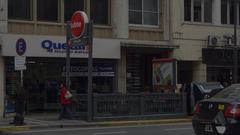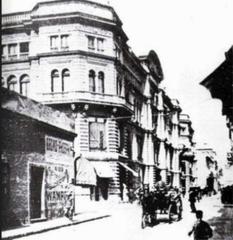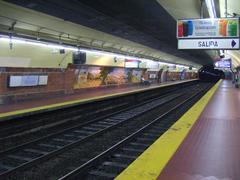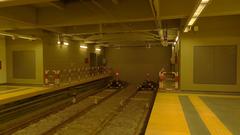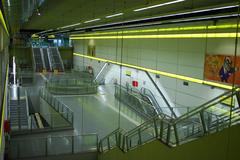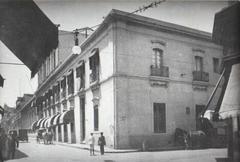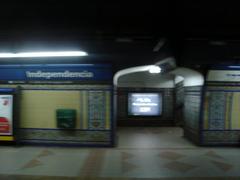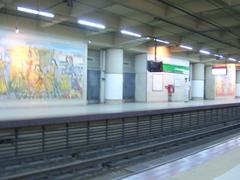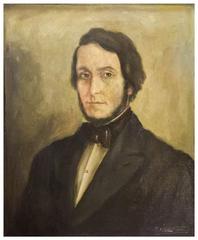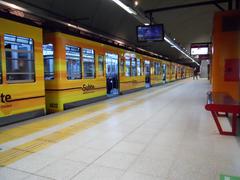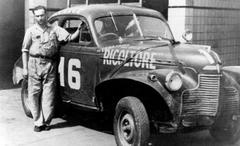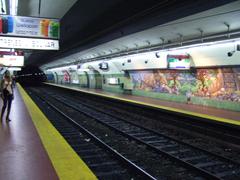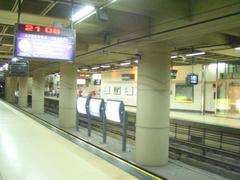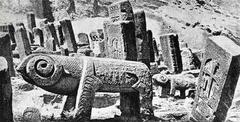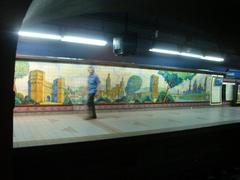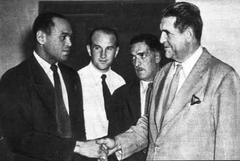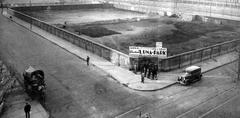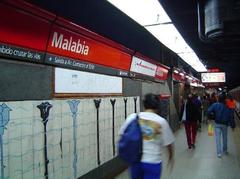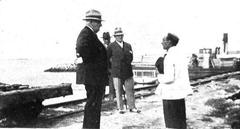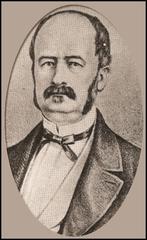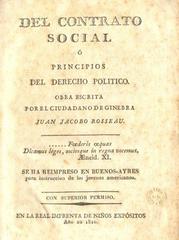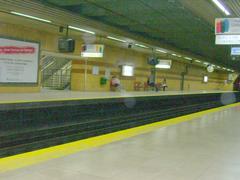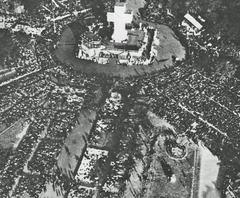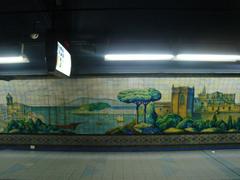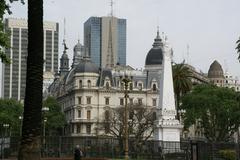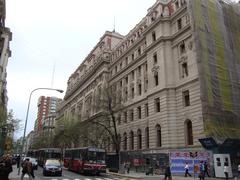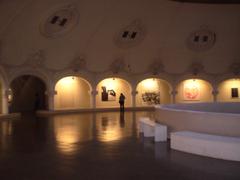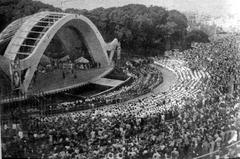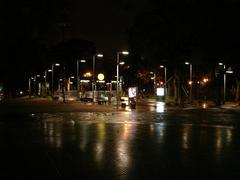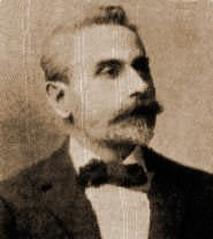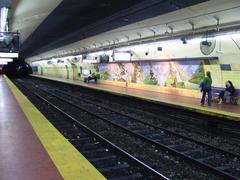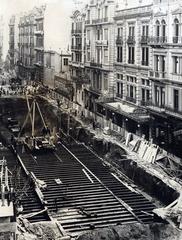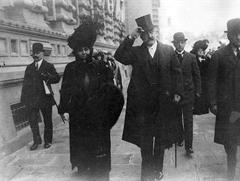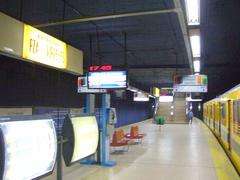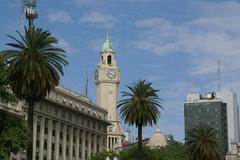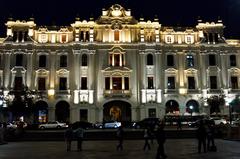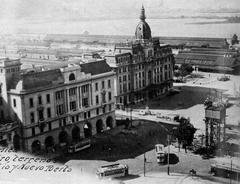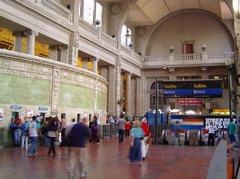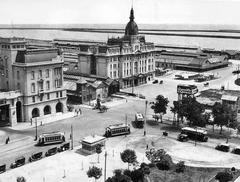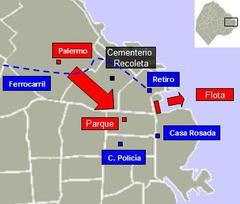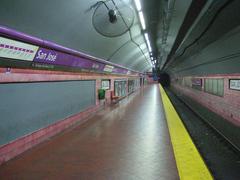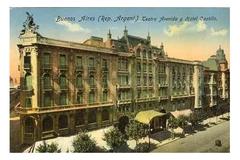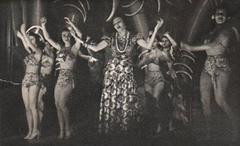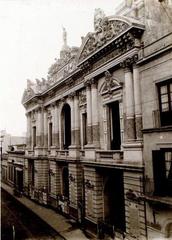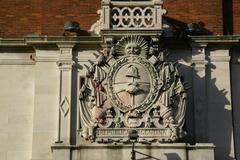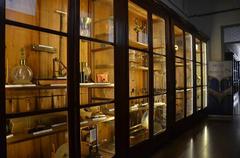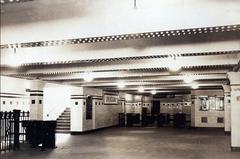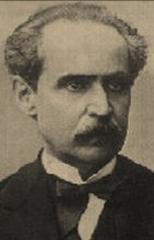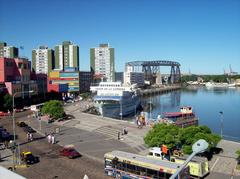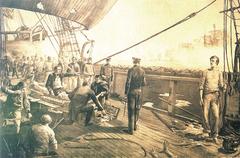Visiting Caminito: Hours, Tickets, and Historical Sites in Buenos Aires
Publish Date: 16/08/2024
Introduction to Caminito
Caminito, a vibrant street museum located in Buenos Aires’ La Boca neighborhood, offers a unique blend of history, art, and culture. Known for its colorful houses, tango performances, and bustling atmosphere, Caminito stands as a symbol of Argentine identity and heritage. Originally part of the Riachuelo River’s natural course, the area began to develop as a residential neighborhood for Italian immigrants in the late 19th century (Buenos Aires Ciudad). The name “Caminito,” inspired by a famous tango song, reflects the melancholy and nostalgia of the immigrant experience, themes deeply rooted in La Boca’s history (Smithsonian Magazine). This comprehensive guide will explore Caminito’s origins, architectural significance, cultural impact, and provide practical information for visitors, ensuring a memorable experience.
Contents Overview
- Introduction
- Discover the Vibrant History and Cultural Significance of Caminito in Buenos Aires
- Origins and Early Development
- The Birth of a Cultural Icon
- Architectural and Artistic Significance
- Preservation and Tourism
- Cultural Impact and Legacy
- Modern-Day Caminito
- Visitor Information: Visiting Hours, Tickets, and Travel Tips
- Nearby Attractions and Special Events
- Challenges and Preservation Efforts
- Conclusion
- FAQs
- Stay Updated
Discover the Vibrant History and Cultural Significance of Caminito in Buenos Aires
Origins and Early Development
Caminito, located in the La Boca neighborhood of Buenos Aires, Argentina, is a vibrant street museum and a traditional alley, renowned for its colorful houses and rich cultural history. The area that is now Caminito was originally part of the Riachuelo River’s natural course. In the late 19th century, the river was redirected, and the land was left vacant. This area began to develop as a residential neighborhood for Italian immigrants, particularly from Genoa, who arrived in Buenos Aires in large numbers during this period (Buenos Aires Ciudad).
The Birth of a Cultural Icon
The name “Caminito,” which means “little path” in Spanish, was inspired by a famous tango song of the same name, composed by Juan de Dios Filiberto in 1926. The song’s lyrics reflect the melancholy and nostalgia of the immigrant experience, themes that resonate deeply with the history of La Boca. The transformation of Caminito into an open-air museum began in the 1950s, spearheaded by local artist Benito Quinquela Martín. Quinquela Martín, a prominent figure in the Argentine art scene, played a crucial role in revitalizing the area. He encouraged residents to paint their houses in bright colors, reminiscent of the Genoese tradition, and installed numerous sculptures and murals (Smithsonian Magazine).
Architectural and Artistic Significance
The architecture of Caminito is a testament to the resourcefulness of its early inhabitants. The houses, known as “conventillos,” were constructed from scrap materials, including corrugated metal and wood, often salvaged from shipyards. These multi-family dwellings were painted in vibrant hues, creating a patchwork of colors that has become synonymous with Caminito. This unique aesthetic not only reflects the area’s maritime heritage but also symbolizes the resilience and creativity of its residents (Atlas Obscura).
Preservation and Tourism
In 1959, Caminito was officially declared a pedestrian street and an open-air museum, preserving its historical and cultural significance. The street’s transformation into a tourist attraction was further bolstered by the establishment of the Fundación Proa, a contemporary art museum located nearby. The foundation has played a pivotal role in promoting cultural activities and exhibitions, attracting both local and international visitors (Fundación Proa).
Cultural Impact and Legacy
Caminito’s cultural impact extends beyond its physical boundaries. The street has become a symbol of Argentine identity, particularly the tango, which originated in the working-class neighborhoods of Buenos Aires. Tango performances are a common sight in Caminito, with dancers and musicians entertaining visitors and keeping the tradition alive. The street’s vibrant atmosphere and artistic heritage have inspired numerous artists, writers, and filmmakers, cementing its place in Argentina’s cultural landscape (BBC Travel).
Modern-Day Caminito
Today, Caminito continues to thrive as a cultural and tourist hub. The street is lined with art galleries, souvenir shops, and restaurants, offering visitors a taste of Argentine cuisine and culture. The colorful facades and lively atmosphere make Caminito a popular destination for photographers and tourists alike. Despite its commercialization, efforts have been made to preserve the area’s historical integrity and cultural significance. Local artists and community organizations work together to maintain Caminito’s unique character, ensuring that its legacy endures for future generations (Lonely Planet).
Visitor Information: Visiting Hours, Tickets, and Travel Tips
- Visiting Hours: Caminito is generally open to visitors throughout the day. However, the best time to visit is during daylight hours to fully appreciate the vibrant colors and artistic details.
- Tickets: There is no entrance fee to walk through Caminito. However, some museums and attractions within the area may have separate admission charges.
- Travel Tips: Wear comfortable walking shoes and be prepared for crowds, especially during peak tourist seasons. Photographers should visit early in the morning or late in the afternoon to capture the best light.
- How to Get There: Caminito is accessible by public transportation, including buses and taxis. It is located near the Boca Juniors stadium, another popular attraction in the area.
Nearby Attractions and Special Events
- Fundación Proa: A contemporary art museum that hosts various exhibitions and cultural events.
- Boca Juniors Stadium: Known as La Bombonera, this stadium is a must-visit for soccer fans.
- Tango Shows: Enjoy live tango performances at various venues around Caminito.
- Photographic Spots: The colorful conventillos and street art provide numerous opportunities for photography enthusiasts.
- Guided Tours: Consider joining a guided tour to gain deeper insights into Caminito’s history and cultural significance.
Challenges and Preservation Efforts
While Caminito remains a beloved cultural landmark, it faces challenges related to preservation and commercialization. The influx of tourists has led to concerns about the impact on the local community and the authenticity of the area. Preservation efforts are ongoing, with initiatives aimed at maintaining the historical buildings and supporting local artists. The balance between tourism and preservation is a delicate one, requiring continuous collaboration between government agencies, cultural organizations, and the local community (UNESCO).
Conclusion
Caminito’s history is a rich tapestry of immigration, art, and cultural resilience. From its humble beginnings as a settlement for Italian immigrants to its transformation into a vibrant open-air museum, Caminito embodies the spirit of Buenos Aires. Its colorful houses, artistic heritage, and lively atmosphere continue to captivate visitors, making it a must-see destination for anyone exploring the Argentine capital. The ongoing efforts to preserve Caminito’s unique character ensure that its legacy will endure, celebrating the cultural contributions of its residents and the enduring allure of this iconic street.
FAQs
- What are the visiting hours for Caminito? Caminito is generally open throughout the day, but the best time to visit is during daylight hours.
- How do I get to Caminito in Buenos Aires? Caminito is accessible by public transportation, including buses and taxis, and is located near the Boca Juniors stadium.
- Is there an entrance fee for Caminito? There is no entrance fee to walk through Caminito, though some museums and attractions within the area may charge admission.
- What’s the best time for photography in Caminito? Early morning or late afternoon provides the best light for photography.
- Are there guided tours available? Yes, guided tours are available and provide deeper insights into Caminito’s history and significance.
Stay Updated
For more updates, download the mobile app Audiala, check out other related posts, or follow us on social media. Explore more about Buenos Aires historical sites and plan your visit today!
Summary and Key Points
Caminito’s rich tapestry of immigration, art, and cultural resilience has transformed it into a vibrant open-air museum that captures the spirit of Buenos Aires. From its colorful houses and artistic heritage to its lively tango performances, Caminito continues to captivate visitors and celebrate Argentine culture (BBC Travel). Despite challenges related to preservation and commercialization, ongoing efforts by local artists and community organizations ensure that Caminito’s unique character and historical integrity are maintained (UNESCO). Whether you’re a history buff, art lover, or curious traveler, Caminito offers a rich and immersive experience, making it a must-see destination in Buenos Aires.
Sources and Further Reading
- Buenos Aires Ciudad. (n.d.). Caminito. Buenos Aires Ciudad.
- Caminito, Buenos Aires, Argentina. (2016). Smithsonian Magazine.
- The Argentine Neighbourhood that Dances to its Own Beat. (2019). BBC Travel.
- Caminito, Pre-2017. Atlas Obscura.
- Caminito. (n.d.). Lonely Planet.
- Caminito. (n.d.). UNESCO.
- Caminito. (n.d.). Fundación Proa.
- Caminito. (n.d.). Buenos Aires Free Walks.
- Caminito. (n.d.). Food Drink Destinations.
- Is Buenos Aires Safe? (n.d.). Rebecca and the World.
- La Boca. (n.d.). Wander Argentina.
- Is Buenos Aires Safe? (n.d.). Secrets of Buenos Aires.
- Is Buenos Aires Safe? (n.d.). Latin America Backpacking.
- Buenos Aires Cruise Port. (n.d.). Ellie’s Travel Tips.
- Buenos Aires Travel Guide. (n.d.). Buenos Aires Travel Guide.
- Accessible Argentina. (n.d.). Accessible Argentina.
- Buenos Aires Tourism. (n.d.). Buenos Aires Tourism.
- Buenos Aires Events. (n.d.). Buenos Aires Events.
